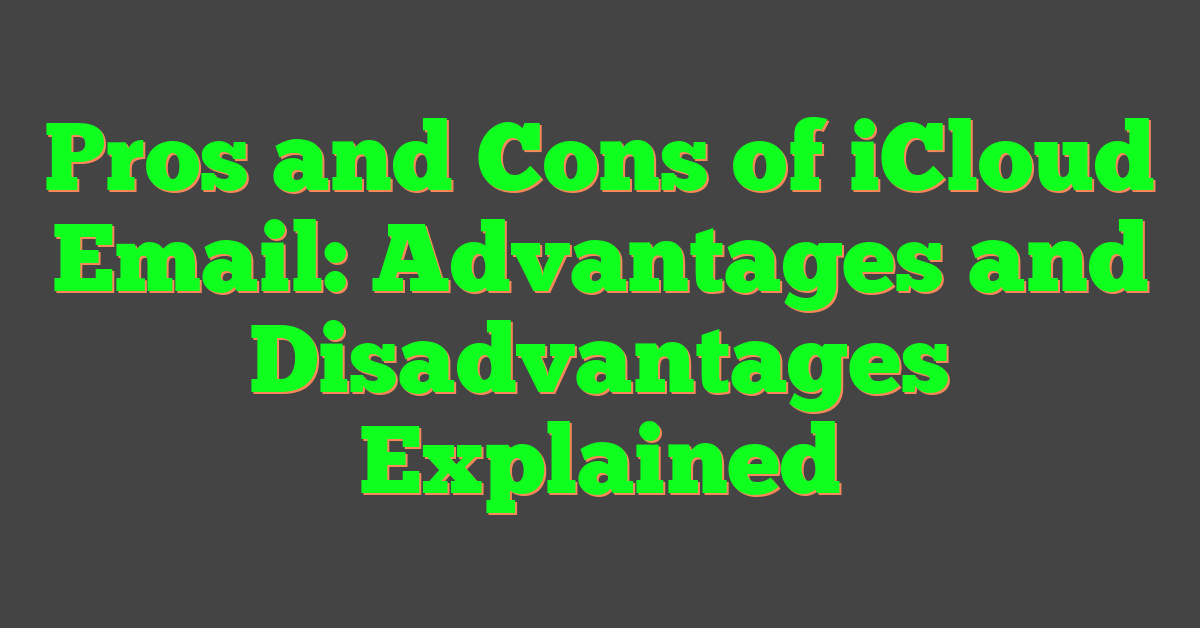Key Takeaways
- The Yellowstone ranch is exclusively owned by the Dutton family through a limited liability company (LLC), ensuring efficient management and protection of their 2 million-acre estate.
- John Dutton leads the ranch with strategic vision and determination, driving sustainable growth and maintaining its prominent status.
- The ranch excels in sustainable ranching practices and diversifies income through ventures like grazing leases, agriculture, and agritourism.
- A robust legal framework and family trust facilitate seamless inheritance, securing the ranch’s legacy for future generations.
- The Dutton family effectively navigates environmental challenges and protects the ranch from external development threats.
There’s something captivating about the ranch in Yellowstone that keeps fans coming back for more. I’ve always wondered who holds the reins behind this iconic setting. Is it a single owner, or does a team oversee its upkeep and development?
Delving into the ownership of the Yellowstone ranch reveals a fascinating blend of history and modern management. From breathtaking landscapes to meticulously maintained facilities, understanding who owns the ranch adds a new layer to appreciating the show. Join me as I uncover the stories and people behind this legendary estate.
The Dutton Family Legacy
I’ve always been fascinated by the Dutton family’s dedication to the Yellowstone ranch. Their legacy combines tradition with forward-thinking strategies, ensuring the ranch thrives across generations.
John Dutton’s Leadership
John Dutton leads with unwavering determination, steering the ranch toward sustainable growth. His strategic decisions maintain the ranch’s prominence and adapt to evolving challenges, securing its future.
Extended Family Members
Extended family members play crucial roles in the ranch’s operations. Each brings unique skills and perspectives, enhancing efficiency and fostering a collaborative environment that drives collective success.
Legal Structure Of The Ranch
Understanding the legal framework that governs the Yellowstone ranch reveals the foundation of its enduring legacy. The structure ensures smooth operations and long-term sustainability.
Land Ownership Details
The Yellowstone ranch spans over 2 million acres, all owned exclusively by the Dutton family. Ownership is held through a limited liability company (LLC), which provides protection and flexibility. The LLC structure allows for efficient management and clear delineation of ownership stakes among family members. Additionally, the ranch includes several parcels that are leased for grazing and agricultural purposes, generating consistent revenue streams.
Inheritance Laws
Inheritance of the ranch follows strict family succession plans outlined in the Dutton family trust. The trust specifies the distribution of ownership shares to heirs, ensuring seamless transition across generations. Legal agreements within the trust prevent external claims and maintain the ranch’s integrity. These provisions address potential disputes and provide a clear roadmap for inheritance, securing the ranch’s future under the family’s stewardship.
Business Operations
Managing a ranch requires strategic planning and diverse operations. Here’s how the Yellowstone ranch excels in its business endeavors.
Ranching Practices
I appreciate the Dutton family’s commitment to sustainable ranching. They oversee over 2 million acres, prioritizing cattle health and land conservation. Implementing efficient breeding programs and rotational grazing boosts productivity. Utilizing advanced technology, they monitor livestock and optimize resource use. These practices sustain the ranch and enhance profitability.
Diversification Ventures
Diversifying income streams drives the ranch’s success. They lease parcels for grazing, securing steady revenue. Engaging in agriculture, they grow crops that support livestock operations. Additionally, the ranch explores tourism by offering guided tours, attracting visitors and creating new income channels. These ventures stabilize finances and promote long-term growth.
Challenges Faced By The Owners
Managing the Yellowstone ranch comes with its share of obstacles. I’ve observed how the owners navigate these complex issues to maintain the ranch’s legacy. Here are the main challenges they face:
Environmental Issues
Maintaining the ranch’s vast land requires addressing environmental concerns. Droughts reduce water availability, impacting cattle health and crop production. Invasive species threaten native ecosystems, necessitating ongoing management efforts. Additionally, balancing land conservation with agricultural activities ensures sustainability for future generations.
Conflicts With Developers
Protecting the ranch from external development poses significant challenges. Developers often seek to purchase adjacent lands, risking the ranch’s expansion and autonomy. Negotiating land use with government entities requires strategic planning and advocacy. Legal disputes over property boundaries and zoning laws can delay projects and strain resources, demanding persistent efforts to uphold the ranch’s integrity.
Real-Life Inspirations Behind The Ownership
Exploring the real-world influences that shaped the ownership dynamics in Yellowstone reveals a blend of tradition and modernity.
Historical Ranch Families
Prominent ranch families like the Taylor and McAllister lineages set foundational examples. These families managed extensive lands, often exceeding 1 million acres, focusing on cattle ranching and land conservation. Their legacy includes passing ownership through generations via trusts, ensuring sustained management and preservation of their estates. Additionally, these families engaged in community initiatives, supporting local economies and fostering regional stability.
Influences From Modern Ranching
Contemporary ranching practices emphasize sustainability and technological integration. Modern ranch owners implement rotational grazing and advanced cattle monitoring systems to enhance productivity and environmental stewardship. They diversify income streams by incorporating agritourism and renewable energy projects, such as solar farms, into their operations. Legal structures like LLCs provide flexibility and protection, mirroring the ownership model seen in Yellowstone. These strategies ensure ranches remain viable and adaptable in today’s economic landscape.
Future prospects of the Ranch
Looking ahead, the Yellowstone ranch holds numerous opportunities for growth and diversification. I see potential in expanding agritourism by introducing guided tours and eco-friendly lodging options, creating additional income streams. Implementing advanced technologies for livestock management and land conservation will enhance efficiency and sustainability. Exploring renewable energy sources, such as solar panels, can reduce operational costs and support environmental initiatives. Diversifying agricultural activities with organic farming or specialty crops will stabilize revenue and attract a broader market. Partnering with local businesses and leveraging digital marketing strategies can increase the ranch’s visibility and profitability. By continuously innovating and adapting to market trends, the Yellowstone ranch is well-positioned for sustained success.
Conclusion
Exploring the ownership of Yellowstone ranch gave me a deeper appreciation for the Dutton family’s dedication and the careful management that keeps the ranch thriving. Seeing how tradition blends with modern strategies really highlights their strength and resilience.
The challenges they face show their unwavering commitment and ability to adapt. It’s inspiring to watch them navigate environmental and legal hurdles to preserve the ranch for future generations. Reflecting on their story reminds me of the importance of sustaining our natural heritage and the incredible efforts behind it.
Yellowstone ranch stands as a testament to what passion and perseverance can achieve. I’m grateful to have delved into their world and look forward to seeing how their legacy continues to grow.




